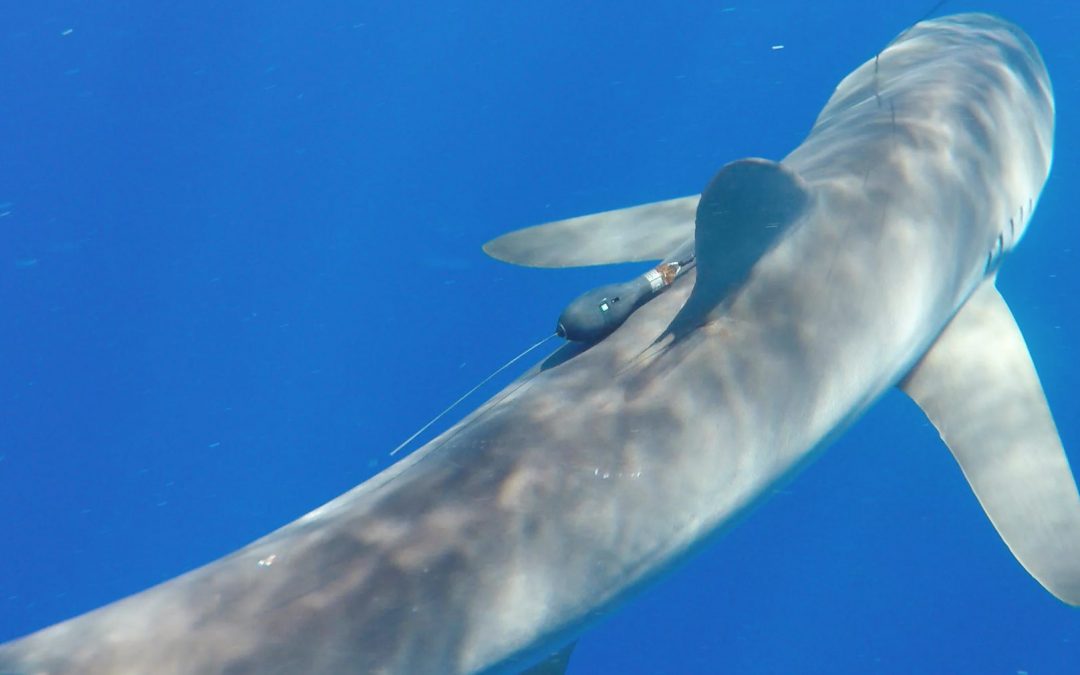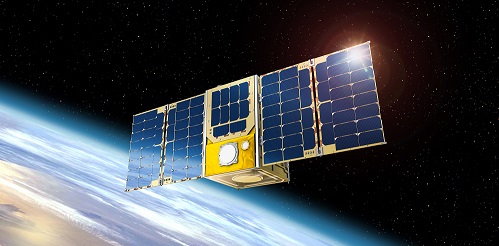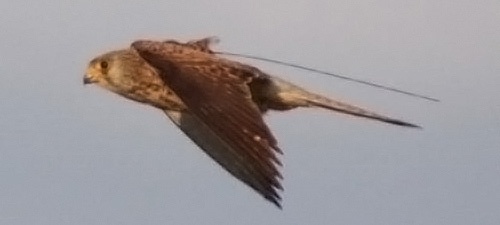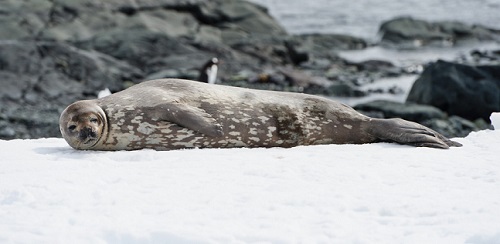
Jan 6, 2020 | Fish, News, Wildlife Monitoring
Silky sharks occupy the same habitat as some marketable tuna species, thus leading to high risks of bycatch by fisheries. A NOAA study using a combination of telemetry technologies, including Argos satellite telemetry, aims to identify potential patterns in silky...

Dec 18, 2019 | Hardwares, Herding, News, Oceanography, Meteorology, Hydrology, Climatology, Pollution, Smart Agriculture, Wildlife Monitoring
On December 18, 2019, the French Space Agency, CNES, has launched the first Argos nanosatellite, marking the beginning of a revolution in the Argos system as we know it. This nanosat is the prototype mission for Kinéis, a constellation of 25 nanosatellites with Argos...

Dec 17, 2019 | Birds, News, Wildlife Monitoring
The lesser kestrel is a small falcon migrating from Europe to Africa. A study using a large dataset of tracked birds made it possible assess the differences of migration paths and African arrival points depending on their breeding regions in Europe. This can used in...

Dec 13, 2019 | Hardwares, Herding, News, Oceanography, Meteorology, Hydrology, Climatology, Pollution, Smart Agriculture, Wildlife Monitoring
Have you ever wanted to design your own Argos satellite transmitter? Now it’s possible! CLS and the Arribada Initiative are pleased to announce a new open-source reference design by Icoteq, Ltd. Used with the ARTIC R2 chipset, a low power Argos 2/3/4 single chip...

Dec 6, 2019 | Argos Forum, News
Understanding the impact of narwhals in the Arctic Monitoring the reintroduction into the wild of California condors Gaining insight into interactions between sunfish and fisheries Changing summer habits of Russian polar bears Studying interactions between penguins...

Dec 6, 2019 | Marine Animals, News, Wildlife Monitoring
Weddell seals are the most southerly breeding mammal species. They are found among other places in the Weddell Sea, but their behaviour and foraging strategies are not well-known, in an area itself largely unknown. Scientists at the Alfred Wegener Institut tracked...







